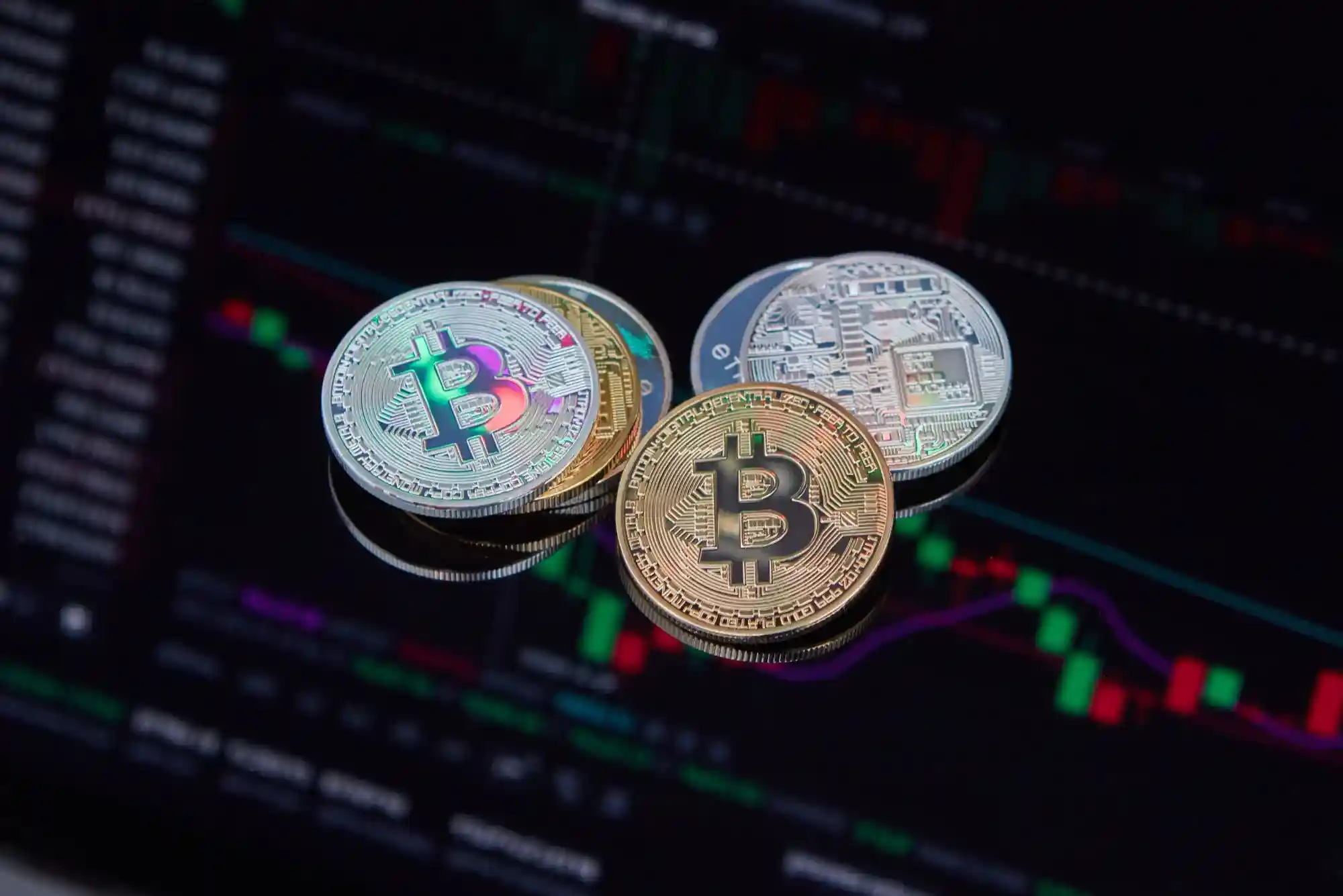In the fast-moving world of cryptocurrency, understanding how one asset moves in relation to another is key to making smart investment decisions. One of the most discussed relationships is between BNB, the native token of the Binance ecosystem, and Bitcoin (BTC), the original and most dominant cryptocurrency. The correlation between BNB and BTC offers valuable insights into overall market trends, investor behavior, and the strategic positioning of Binance Coin within a broader portfolio.
At first glance, BNB and BTC appear to move together. This is not surprising, given that Bitcoin still holds the lion’s share of the crypto market’s influence. When Bitcoin experiences a surge in value, altcoins, including BNB, often follow due to increased investor confidence and rising trading volumes. Conversely, when Bitcoin crashes or faces bearish pressure, the rest of the market tends to react negatively, pulling other coins like BNB down with it.
However, the BNB and BTC relationship is not purely linear. In fact, there are moments when BNB shows strength even as Bitcoin stalls or retraces. This divergence is often driven by specific developments within the Binance ecosystem. For example, a major update to Binance Smart Chain, the launch of a new product on Binance Launchpad, or a new staking or burn event can spark increased demand for BNB independently of Bitcoin’s movements. These fundamental triggers give BNB a level of autonomy that not all altcoins possess.
Another factor that plays a role in this dynamic is investor perception. Bitcoin is widely seen as digital gold, a store of value and hedge against inflation. BNB, on the other hand, is viewed more as a utility token with a clear use case. It powers transactions on the Binance exchange and blockchain, participates in fee reductions, and enables participation in various DeFi activities. Because of this, investors may turn to BNB not just to ride market trends, but to actively use it within the crypto economy.
When analyzing historical data, we see that BNB often has a high but fluctuating correlation with Bitcoin. During strong bull markets, this correlation tends to tighten. When Bitcoin gains, liquidity flows into altcoins, including BNB, causing prices across the board to rise. In bear markets, however, correlation can weaken, especially when certain projects maintain activity and innovation while others stagnate.
Looking beyond the BTC relationship, BNB’s price is also heavily influenced by broader market trends. Regulation news, global macroeconomic developments, interest rate decisions, and exchange-specific events can all impact price. Because BNB is directly linked to Binance, headlines involving the exchange—whether regulatory investigations, security enhancements, or new partnerships—tend to affect BNB more than other coins.
The Binance burn mechanism adds another layer of complexity. Every quarter, Binance commits to burning a portion of BNB based on trading volumes. This creates deflationary pressure, which can positively influence price, particularly when supply drops are accompanied by increased activity on the exchange. These tokenomics set BNB apart and create moments of strength even when Bitcoin’s price is stagnant.
On a more technical level, traders often look at price charts to identify moments when BNB decouples from BTC. These periods can signal opportunities for arbitrage or indicate that market participants are responding to BNB-specific developments. Monitoring such price action requires looking at moving averages, RSI, and trading volumes for both BTC and BNB over similar timeframes.
Despite these nuances, Bitcoin remains the anchor of the crypto market. Most digital assets, including BNB, are still heavily affected by Bitcoin’s sentiment. But for savvy investors, the moments when BNB breaks away from BTC trends can be especially informative. These instances highlight the strength of the Binance ecosystem and the growing maturity of BNB as a standalone asset.
In conclusion, while BNB and Bitcoin are closely connected, they are not permanently tied at the hip. BNB benefits from its role in a functioning, widely used platform, giving it a degree of independence when it comes to price movement. Understanding the correlation between BNB and BTC—and when it breaks—can give investors a sharper edge in predicting market trends and adjusting portfolio strategies accordingly.






















